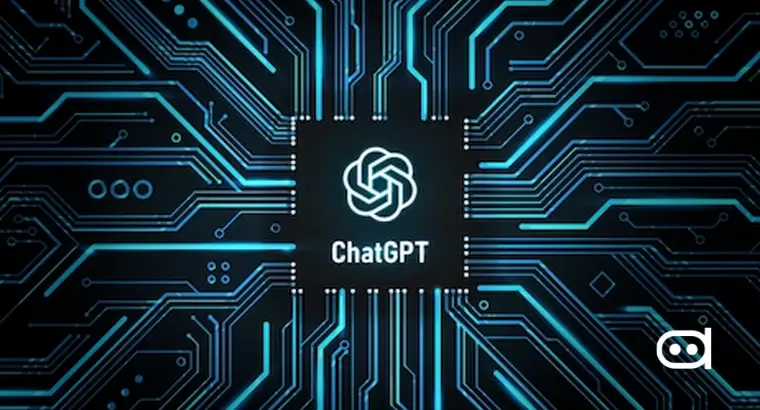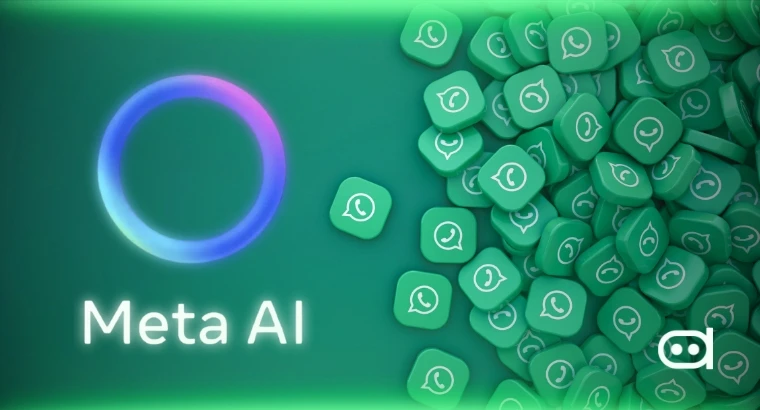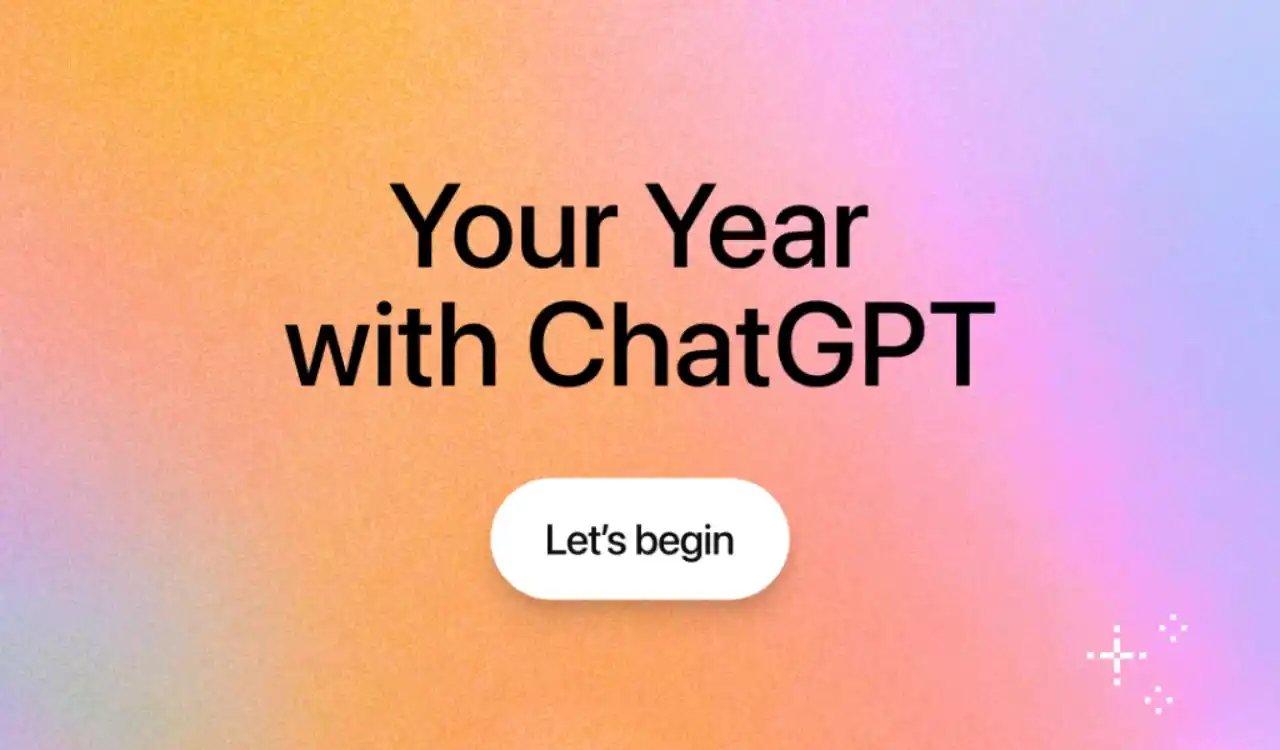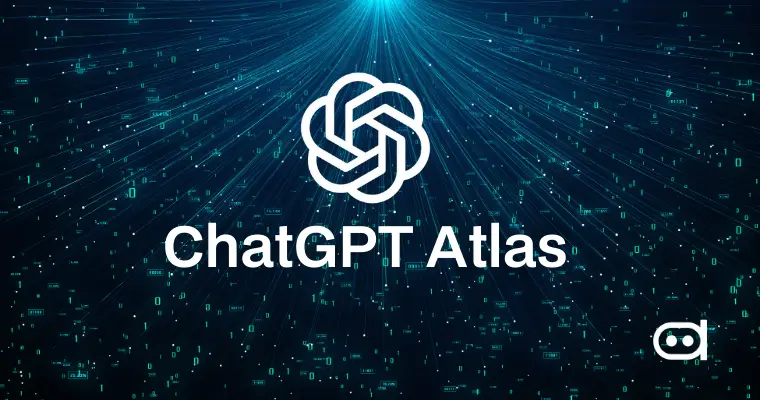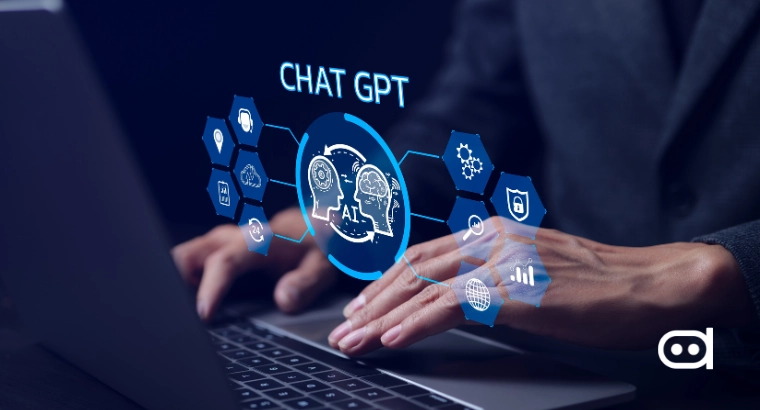
Key Highlights
- North Carolina workers have used ChatGPT to boost productivity, saving 30 to 60 minutes per day on average.
- The tool helped them in drafting, research, and reports, though human intervention is crucial for accuracy
- Despite impressive results, workers faced accuracy gaps
North Carolina’s Department of State Treasurer has taken a major step to boost government efficiency with its recent ChatGPT pilot program.
AI Saves North Carolina’s Employees 1 Hour Daily, Study Says
According to the latest report, over three months in early 2025, North Carolina’s state employees working on unclaimed property and local government finances tested the AI tool in their daily workflows.
📢 Today AI News
ChatGPT is transforming government efficiency in North Carolina, with public servants reporting task completion times dropping from 20 minutes to just 20 seconds for routine administrative work.
Meanwhile, ChatGPT’s study mode is gaining traction among adult…
— AI101_Labs (@AI101_Labs) August 3, 2025
State Treasurer Brad Briner said, “What we’ve learned first and perhaps unsurprisingly, is that this technology saves a material amount of time.”
The results, analyzed by North Carolina Central University, showed impressive productivity gains, with workers saving 30 to 60 minutes per day on average.
This successful experiment shows how AI can augment, not replace, human expertise in public service.
The AI assistant result will be valuable for handling routine but time-consuming tasks, which is a big challenge in government offices.
According to a report, Employees have used ChatGPT to draft official communications. This will simplify complex legal and financial documents and quickly summarize long reports.
In the Unclaimed Property Division, staff reported faster processing of citizen claims, while local government auditors used it to spot potential budget irregularities. These efficiency improvements allowed workers to focus on higher-value analysis and decision-making.
AI Copilot Comes With Challenges
Despite these successes, the pilot revealed important limitations. Workers have witnessed occasional inaccuracies in ChatGPT’s outputs, particularly when dealing with complex calculations or precise legal language.
Additionally, some employees faced discomfort with the tool’s tendency to generate plausible-sounding but incorrect information. Such outputs require careful fact-checking.
These findings show that AI works best as an assistant rather than an autonomous solution in government work.
Apart from this, training and implementation challenges also emerged as major factors in the pilot’s outcomes.
While workers received general prompt engineering instruction, many felt they would benefit from more specific guidance.
AI Training Programs are Required
The learning curve varied among employees based on their grasping power, with some adapting quickly while others remained hesitant to integrate the tool into their workflows fully.
These experiences tell us that successful AI adoption requires training programs rather than one-size-fits-all approaches.
Privacy and data security concerns created another layer of complexity for participants. Employees reported uncertainty about what sensitive information could safely be entered into the system, sometimes limiting their use of the tool.
Recently, OpenAI CEO Sam Altman raised concerns about users’ privacy in ChatGPT, saying, “If you go talk to ChatGPT about your most sensitive stuff and then there’s like a lawsuit or whatever, we could be required to produce that, and I think that’s very screwed up. We should have, like, the same concept of privacy for your conversations with AI that we do with a therapist or whatever.”
North Carolina’s experiment is the latest example of ongoing trends in public sector AI adoption. Pennsylvania recently concluded a similar year-long pilot with 175 state employees, reporting comparable time savings of about 95 minutes per day.
Both cases show that while AI tools can boost productivity, they work best when implemented thoughtfully, with proper guardrails and training. These pilots provide valuable blueprints for other states considering similar initiatives.
The North Carolina Treasury’s experience gives important lessons for government agencies exploring AI integration.
First, it shows that even cautious, limited implementations can provide meaningful efficiency gains. Second, it shows the critical importance of maintaining human oversight when using generative AI.
Lastly, the pilot shows that successful AI adoption requires more than just technology. It demands careful change management, ongoing training, and clear policies.
State officials believe in the potential of this program to expand the program while addressing the challenges identified in the pilot.
While the US government is actively working on integrating AI into its workflow, the Indian Ministry of Finance has issued a new directive that prohibits the use of AI-powered tools such as ChatGPT and DeepSeek on official government devices.

